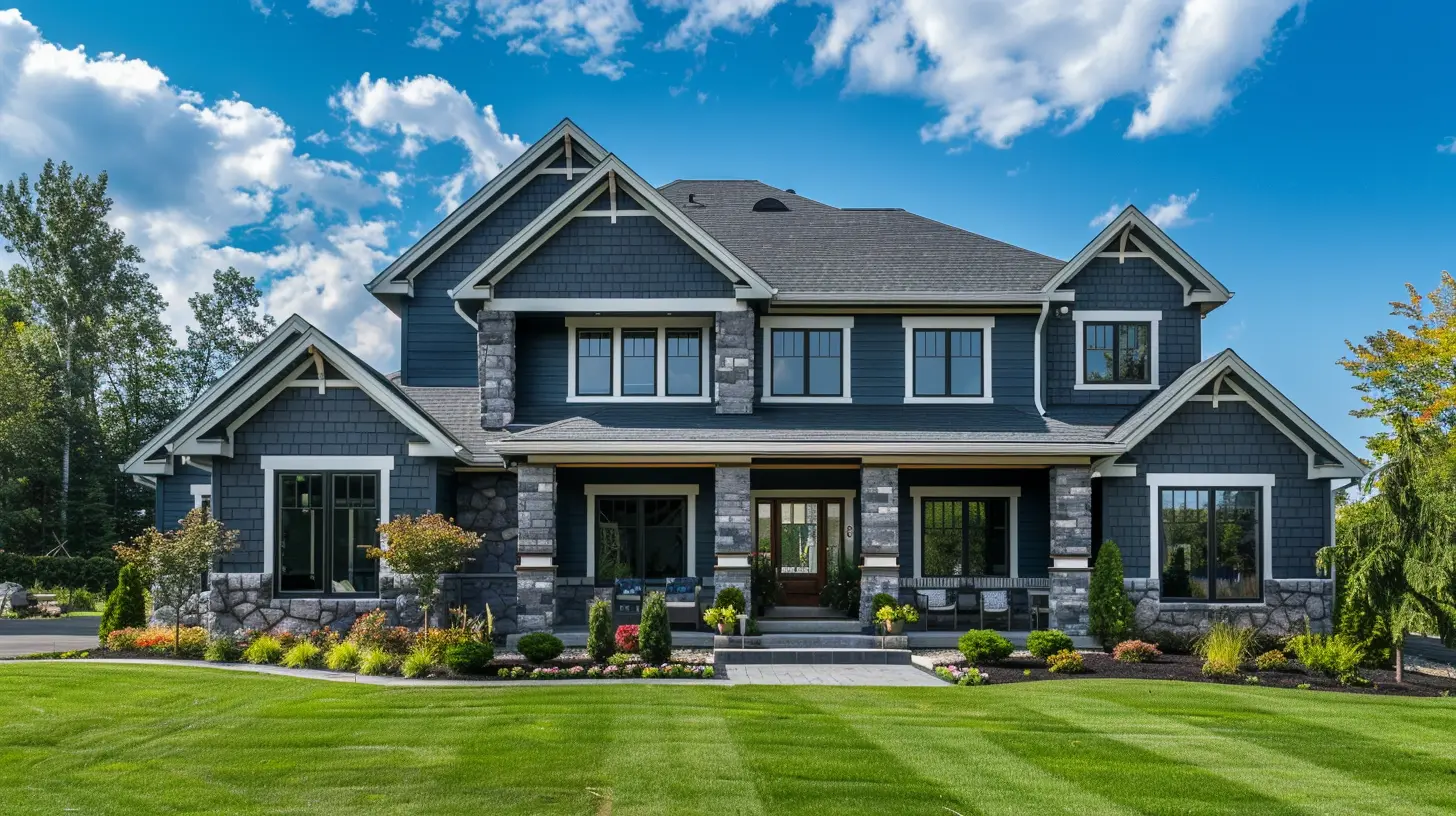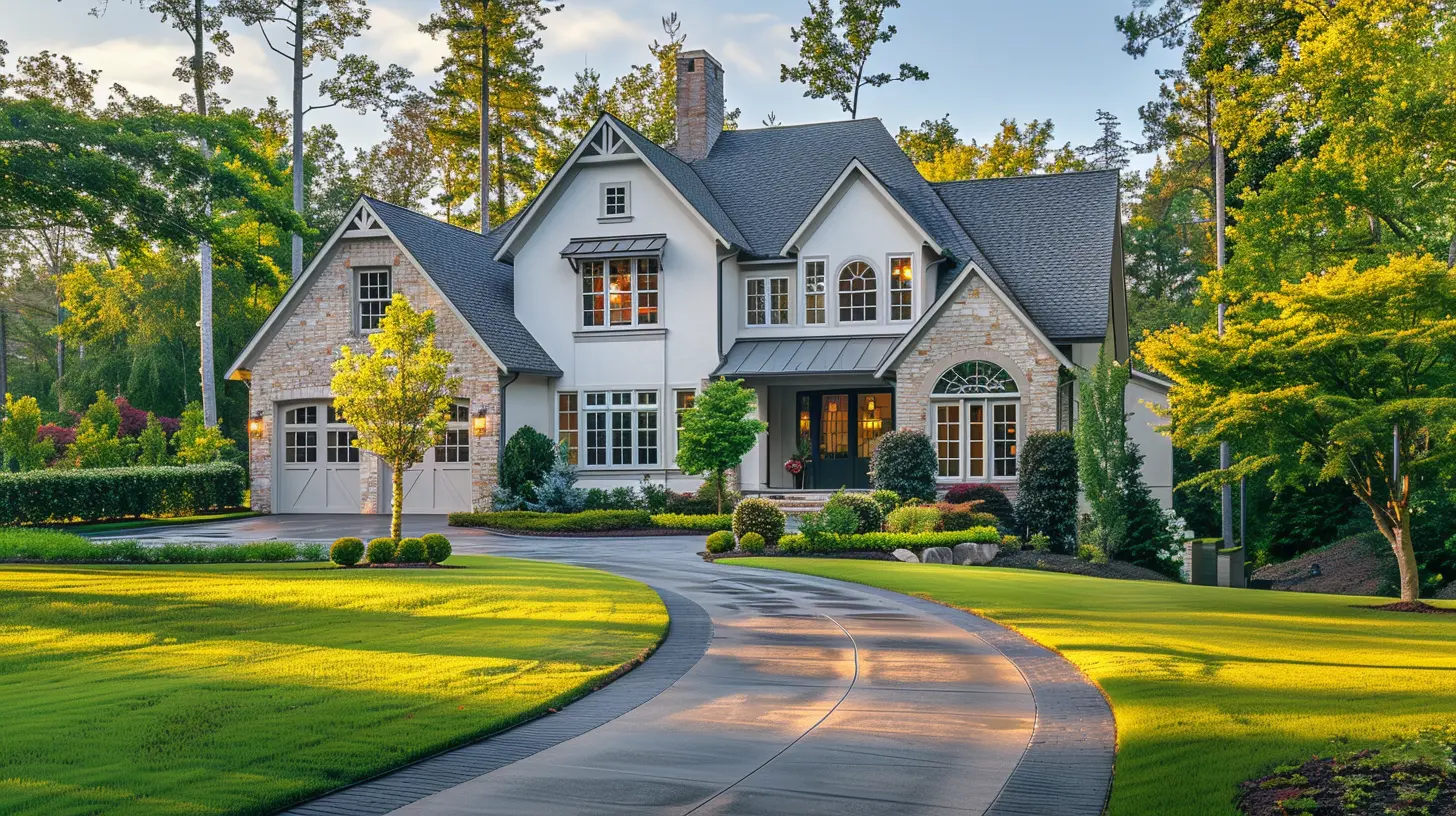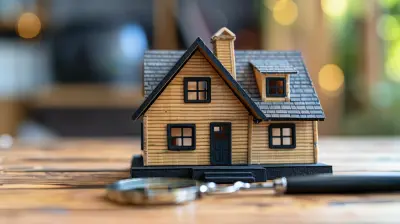How to Buy a Home in an Up-and-Coming Area
23 July 2025
There’s something intoxicating about uncovering a hidden gem before everyone else catches on. Buying a home in an up-and-coming area kind of feels like being the first to hear a soon-to-be hit song. You’re ahead of the curve, your friends are asking how you found it, and you might just be sitting on a goldmine. But how do you find these places? And more importantly—how do you buy smart?
Let’s pull back the curtain on this mystery. If you’re willing to dig a little, take a few calculated risks, and trust your instincts (and this guide), you could find yourself with a beautiful home in a neighborhood that’s on the rise—and not breaking the bank to do it.
Why Buying in an Up-and-Coming Area Can Be a Game-Changer
Buying an affordable home in a trending neighborhood isn’t just about real estate—it’s about timing, vision, and opportunity. It’s like having the cheat code to the property game.Let’s keep it real—home prices are soaring in “hot” areas. That dream of owning downtown? Yeah, it might cost you your soul (and your savings account). But what if you could get a steal just 10 minutes away in a once-overlooked neighborhood now blossoming with local cafes, art murals, and tech startups?
That’s the magic of buying in an up-and-coming area. You’re not just buying property—you’re investing in potential.
What Exactly Is an Up-and-Coming Area?
Here’s the thing—a lot of people throw around the term “up-and-coming.” But what does it really mean?An up-and-coming area is typically a neighborhood that’s undergoing changes resulting in appreciation in home values, new businesses, infrastructure improvements, and a shifting demographic. It might still feel a little “rough around the edges,” but there’s movement—energy. These places often sit close to high-priced urban areas but haven’t yet caught up in price tag.
It’s like that indie café with mismatched furniture and a killer espresso—before it becomes a trendy chain and hikes its prices.
Step 1: Read the Signs (Literally)
You don’t need a crystal ball to predict which areas are on the rise. You just need your eyes—and a curious mind.Here are some tell-tale signs that a neighborhood is on the up:
- New Construction or Renovations: New apartment complexes? Flip projects? Sidewalks being repaired? These are good signs.
- Inflow of Young Professionals or Creatives: If the area is starting to attract younger buyers or renters, it’s likely they’re seeing something others missed.
- Improved Transportation or Infrastructure Plans: A new metro station, highway off-ramp, or bike lane is like music to a real estate investor's ears.
- Emerging Small Businesses: Look for trendy coffee shops, yoga studios, co-working spaces—these are trailblazers.
- Low Crime Rates (or Decreasing Crime Stats): Change is usually accompanied by better safety—check local crime maps.
- City or Municipal Investment: Check your city’s planning department website—it’s a goldmine. If they’re pumping money into a neighborhood, it’s worth a second look.
Think of it like being a detective—the clues are all there. You just need to spot them.
Step 2: Timing Is Everything
So, you’ve found a potential neighborhood. Now what?Timing is tricky. Too early, and you’ll deal with growing pains—lack of amenities, rough edges, and limited comps. Too late, and you’re paying “hipster premium prices.”
Here’s the sweet spot: right after the first wave of change arrives.
You want to buy when:
- Home prices are still affordable compared to nearby hot spots.
- The area isn’t fully gentrified (yet).
- There’s enough infrastructure or momentum to back up the potential.
You’re basically trying to catch the wave just before it crests. And once it rises, you’re surfing all the way to equity-town.
Step 3: Get Friendly with the Locals
Forget online reviews or articles written three years ago—talk to people who actually live there.- Visit the neighborhood at different times of day: Morning, afternoon, evening—you’ll get a feel for the vibe and the noise levels.
- Chat with shop owners or longtime residents: They know what’s going on behind the scenes.
- Check out local Facebook groups or subreddits: Online communities are brutally honest—and filled with juicy local gossip (the useful kind).
You can learn more from a five-minute chat with a neighbor than hours of online research.
Step 4: Do the Math (Not Just the Dreaming)
This is where the rubber meets the road. You’ve spotted the potential. But does it make sense financially?Here’s what you need to crunch:
- Current Price vs. Nearby Hot Areas: If you can get a home for 30-40% less than nearby trending areas, you might be in the golden zone.
- Projected Home Appreciation: Tools like Zillow, Redfin, or even local realtors can help you estimate growth potential.
- Rental Income Potential: Thinking about renting it out? Run the numbers on Airbnb or long-term rentals.
- Renovation Costs: If you're buying a fixer-upper, get solid estimates. No one wants a money pit.
Sometimes the dream is wrapped in drywall—and it might need a bit of polish. That’s okay. If the foundation (both literal and figurative) is strong, you’re making a wise investment.
Step 5: Partner with a Local Real Estate Agent—Who Gets It
Not all agents are created equal.You want someone who:
- Knows the neighborhood inside and out.
- Has a track record with investors or first-time buyers.
- Isn’t just chasing the commission—they genuinely care.
Ask them point blank: “What areas are gaining traction but still undervalued?” If they hesitate or give you generic answers, keep looking.
A good agent is like a treasure map—they’ll help you avoid the traps and lead you to the gold.
Step 6: Consider Future Development
Now here’s where things get a little... mysterious.Cities tend to play a long game. Development doesn’t happen overnight. But if you get your hands on plans for future parks, schools, road extensions, or commercial zones—that’s huge.
Most of this info is public (yep, hiding in plain sight). Go to your local city planning office or website. Look at zoning changes, proposed developments, or infrastructure investments.
That empty lot next to your potential home? Could be a Whole Foods in two years. Or a sewage plant. Do your homework.
Step 7: Think Long-Term (and Stay a Little Patient)
Buying in an up-and-coming area isn’t about overnight riches. It’s about the long game.You’ll likely need to:
- Hold the property for at least 5–10 years to see solid appreciation.
- Deal with some growing pains—construction, noise, limited retail.
- Blend in and become part of the community—don’t expect an Insta-perfect neighborhood right away.
But the payoff? Absolutely worth it.
You’re planting a flag in a place where others eventually wish they had.
The Emotional Side No One Talks About
Let’s get real. Buying in a changing neighborhood isn’t just a financial decision. It’s an emotional one.- You might feel like a pioneer.
- You might second-guess yourself.
- You might feel guilty as gentrification brings change.
It’s okay to wrestle with all of that. Just commit to being a good neighbor. Support local businesses. Respect the culture and history. Be the kind of resident who lifts the neighborhood up—not one who tears it down.
Red Flags to Watch Out For
Not every “up-and-coming” area is a good investment. Here’s what to steer clear of:- No signs of real change: If you don’t see development, new businesses, or city involvement, it may be stagnant.
- Crime isn’t decreasing: Change should bring better safety. If not, dig deeper.
- Overhype from investors but no action: If everyone’s talking about it but nobody’s buying—it’s probably just smoke.
- Poor schools & no improvement plans: Even if you don’t have kids, this matters for future resale.
Trust your gut, but back it up with data.
Final Thoughts: Are You Ready to Take the Leap?
Buying a home in an up-and-coming area isn’t for everyone. But if you enjoy the thrill of making a smart move before the crowd catches on—this might be your moment.It’s part art, part science, and a whole lot of gut feeling. You'll need to do your homework, look past the surface, and sometimes imagine what something could be rather than what it is.
But for those who get it right? The payoff isn’t just financial. It’s pride, community, and owning a place that tells a story—your story.
So... ready to be the first one who saw the sparkle before it was obvious?
all images in this post were generated using AI tools
Category:
Buyers GuideAuthor:

Elsa McLaurin
Discussion
rate this article
1 comments
Reese Young
Embrace the journey! Investing in an up-and-coming area not only builds equity but also cultivates community and opportunity. Go for it!
August 10, 2025 at 2:37 AM

Elsa McLaurin
Thank you! Embracing the journey is key to unlocking the potential of both your investment and the community. Your encouragement is much appreciated!


